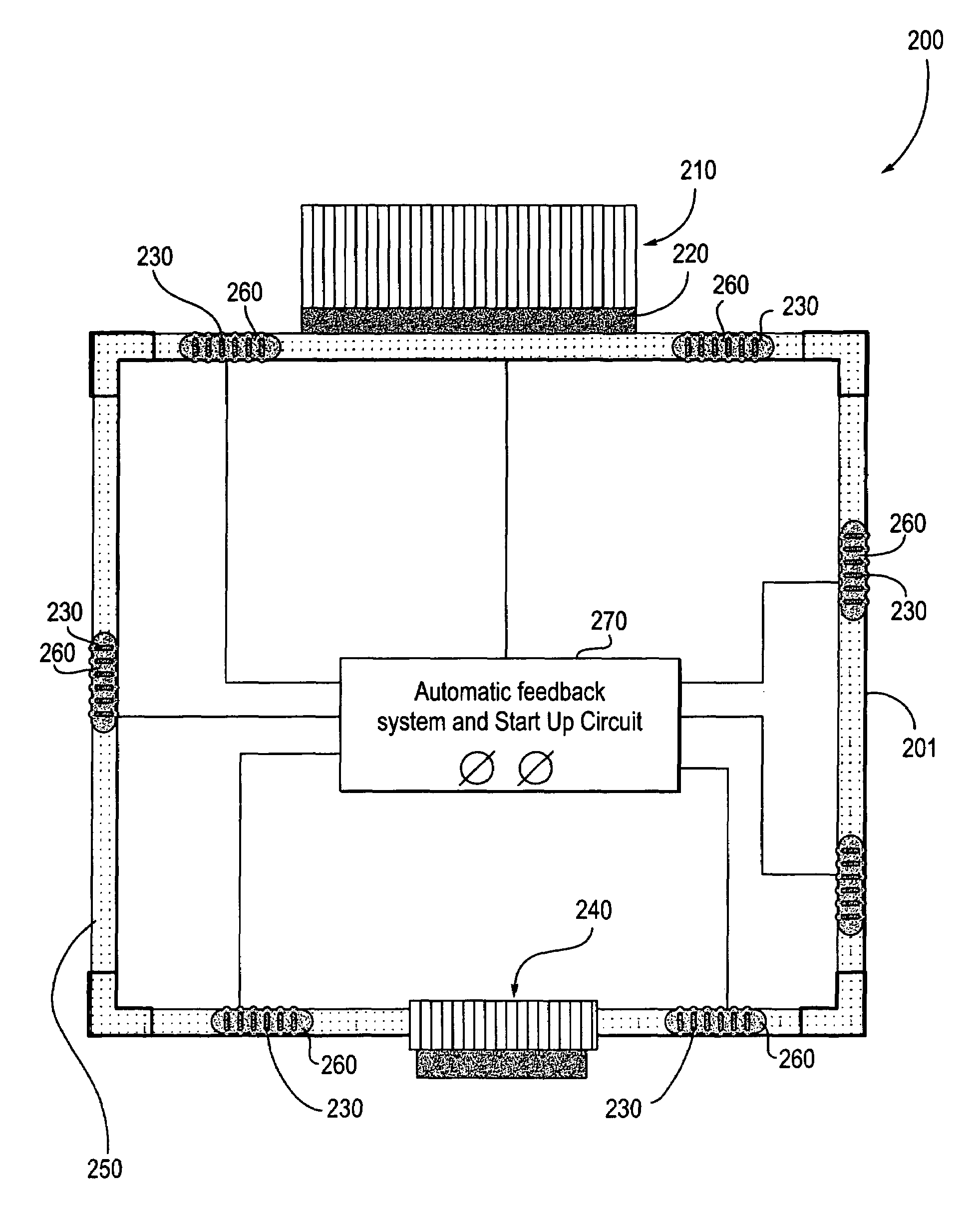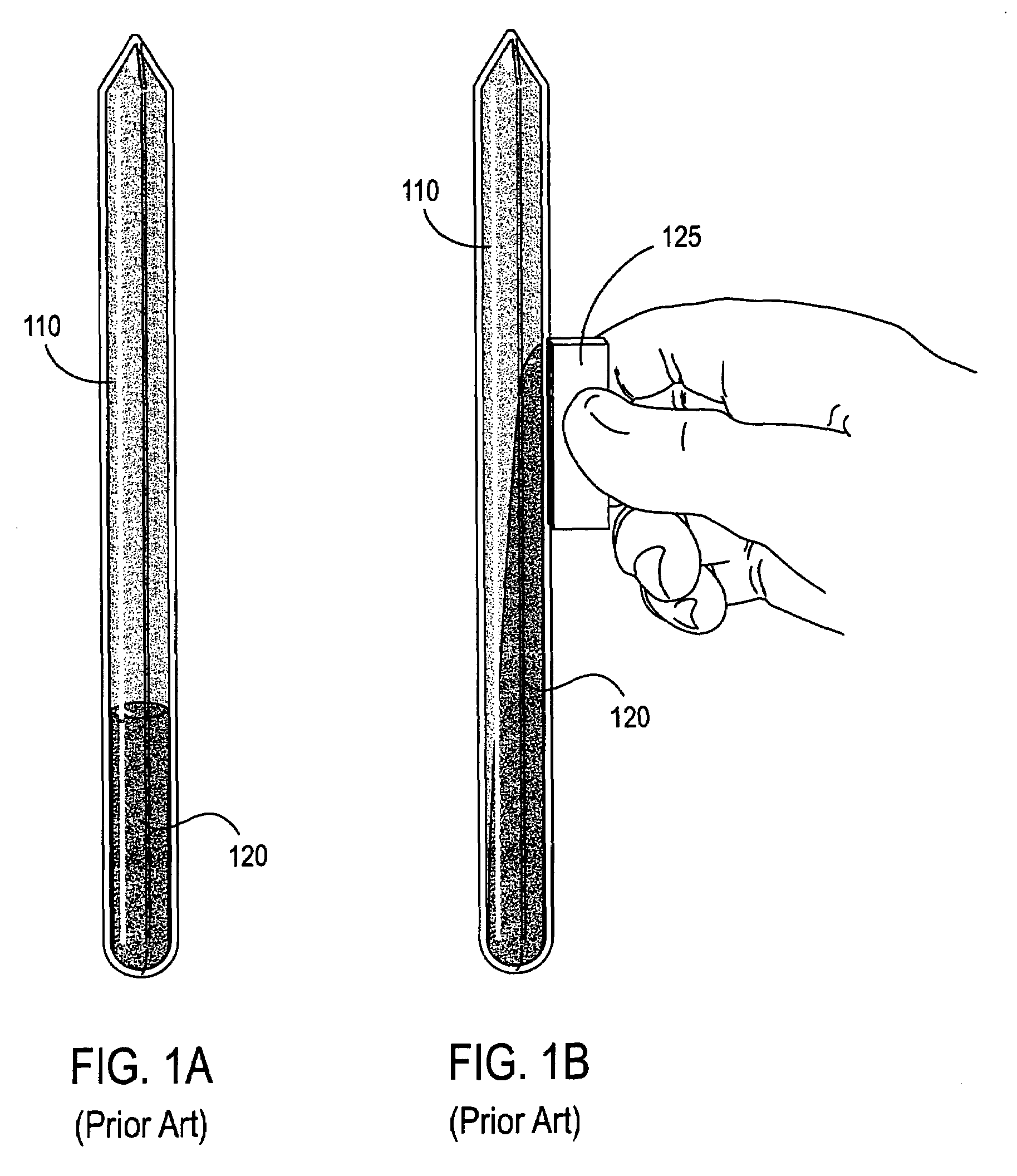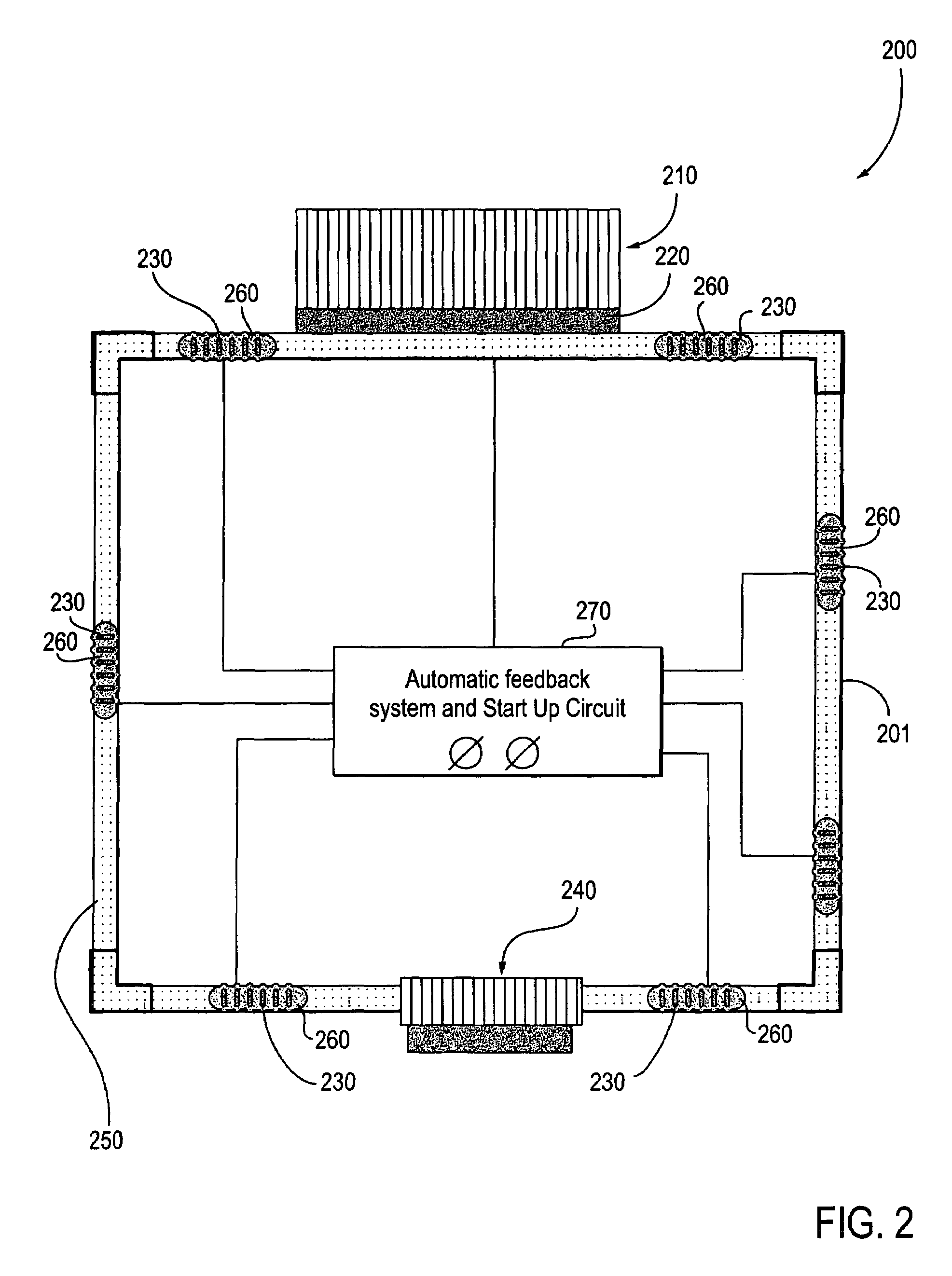Method and apparatus for removing heat
a technology of heat removal and silicon, applied in domestic cooling apparatus, semiconductor/solid-state device details, instruments, etc., can solve the problems of insufficient heat removal to completely eliminate certain hot areas that form on processors with higher heat output, poor silicon dissipation of heat, and design engineers sacrificing performance and power for lower temperatures and stability
- Summary
- Abstract
- Description
- Claims
- Application Information
AI Technical Summary
Benefits of technology
Problems solved by technology
Method used
Image
Examples
Embodiment Construction
[0024]The embodiments discussed herein generally relate to device cooling using ferrofluid pumping of liquid metal flowing over a die combined with thermoelectrics for refrigeration type performance without using a compressor. Ferrofluids are used to help with pumping of the liquid metal. Referring to the figures, exemplary embodiments will now be described. The exemplary embodiments are provided to illustrate the embodiments and should not be construed as limiting the scope of the embodiments.
[0025]Reference in the specification to “an embodiment,”“one embodiment,”“some embodiments,” or “other embodiments” means that a particular feature, structure, or characteristic described in connection with the embodiments is included in at least some embodiments, but not necessarily all embodiments. The various appearances of “an embodiment,”“one embodiment,” or “some embodiments” is not necessarily all referring to the same embodiment. If the specification states a component, feature, struct...
PUM
 Login to View More
Login to View More Abstract
Description
Claims
Application Information
 Login to View More
Login to View More - R&D
- Intellectual Property
- Life Sciences
- Materials
- Tech Scout
- Unparalleled Data Quality
- Higher Quality Content
- 60% Fewer Hallucinations
Browse by: Latest US Patents, China's latest patents, Technical Efficacy Thesaurus, Application Domain, Technology Topic, Popular Technical Reports.
© 2025 PatSnap. All rights reserved.Legal|Privacy policy|Modern Slavery Act Transparency Statement|Sitemap|About US| Contact US: help@patsnap.com



